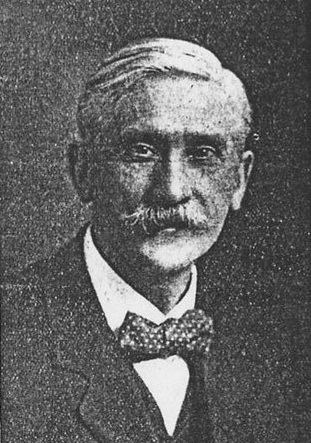6 March 1919 1922 → 1918 1920 67 49 | 1918 1918 Greenwich Rotherhithe | |
 | ||
Rotherhithe St George's-in-the-East | ||
An election to the County Council of London took place on 6 March 1919. It was the tenth triennial election of the whole Council. The size of the council was increased to 124 councillors and 20 aldermen. The councillors were elected for electoral divisions corresponding to the new parliamentary constituencies that had been created by the Representation of the People Act 1918. There were sixty dual member constituencies and one four member constituency. The Council was elected by First Past the Post with each elector having two votes in the dual member seats.
Contents
- National government background
- London Council background
- Candidates
- Outcome
- Battersea
- St Pancras
- Aldermen
- By elections 1919 1922
- City of London 1 December 1919
- Southwark North 13 May 1920
- Wandsworth Clapham 2 May 1921
- Wandsworth Streatham 9 May 1921
- Battersea South 28 June 1921
- Aldermanic vacancies filled 1919 1922
- References
National government background
The Prime Minister of the day was the Liberal David Lloyd George who had just led a Coalition Government that included the Unionist Party and some Liberals and Socialists to a General Election victory three months earlier, with the help of a Coalition government 'coupon'.
London Council background
Although the Municipal Reform party had won an overall majority at the last elections in 1913, in line with National politics, they decided late in 1917 to form a war-time coalition to mirror the national government. Some Progressive Party members were offered Chairmanships of Committees. This coalition had continued after the war ended.
Candidates
There was no County wide electoral agreements between any of the parties, though clearly there had been some locally agreed situations. There were very few constituencies where all three parties stood two candidates. In the past, the Progressive Party had encompassed the Labour Party, with candidates running in harness. That situation was becoming less common. A few Progressive candidates ran in harness with Municipal Reform candidates but there was no 'coupon' in operation for the two 'coalition parties' who frequently ran candidates against each other. Among the defeated candidates were future Labour Leader Clement Attlee and future Conservative Chief Whip David Margesson
Outcome
The Municipal Reform Party won an overall majority of seats, electing 68 councillors. They only lost one seat, to an Independent candidate. (The defeated candidate was made an Alderman after the election) As before they decided to operate a form of Coalition with the Progressives. Labour made a substantial advance in terms of seats, but remained the third party. There was just one Independent elected.
Battersea
St Pancras
Aldermen
In addition to the 124 councillors the council consisted of 20 county aldermen. Aldermen were elected by the council, and served a six-year term. Half of the aldermanic bench were elected every three years following the triennial council election. After the elections, there were eleven Aldermanic vacancies and the following Alderman were appointed by the newly elected council;
By-elections 1919-1922
There were five by-elections to fill casual vacancies during the term of the tenth London County Council.
City of London, 1 December 1919
Southwark North, 13 May 1920
Wandsworth, Clapham, 2 May 1921
Wandsworth, Streatham, 9 May 1921
Battersea South, 28 June 1921
Aldermanic vacancies filled 1919-1922
There were six casual vacancies among the aldermen in the term of the tenth London County Council, which were filled as follows:
